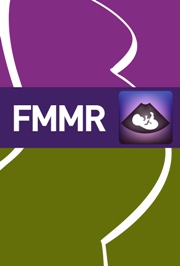Crossref Citations
This article has been cited by the following publications. This list is generated based on data provided by Crossref.
Chard, T.
Chard, D.T.
and
Macintosh, M.
1994.
5 Prediction of future outcome using bayesian logic.
Baillière's Clinical Obstetrics and Gynaecology,
Vol. 8,
Issue. 3,
p.
607.
Rogers, Michael S.
Chung, Tony
Baldwin, Sally
Ho, C. S.
and
Swaminathan, R.
1994.
A Comparison of Second Trimester Urinary Electrolytes, Microalbumin, andN-Acetyl-β-Glucosaminidase for Prediction of Gestational Hypertension and Preeclampsia.
Hypertension in Pregnancy,
Vol. 13,
Issue. 2,
p.
179.
Wilson, Jennifer
1996.
Midwifery Practice: Core Topics 1.
p.
34.
Imtithal Adnan, Fatin
Noor, Norhayati Mohd
Mat Junoh, Nor Akma
and
Desseauve, David
2020.
Associated factors of labor satisfaction and predictor of postnatal satisfaction in the north-east of Peninsular Malaysia.
PLOS ONE,
Vol. 15,
Issue. 8,
p.
e0238310.


